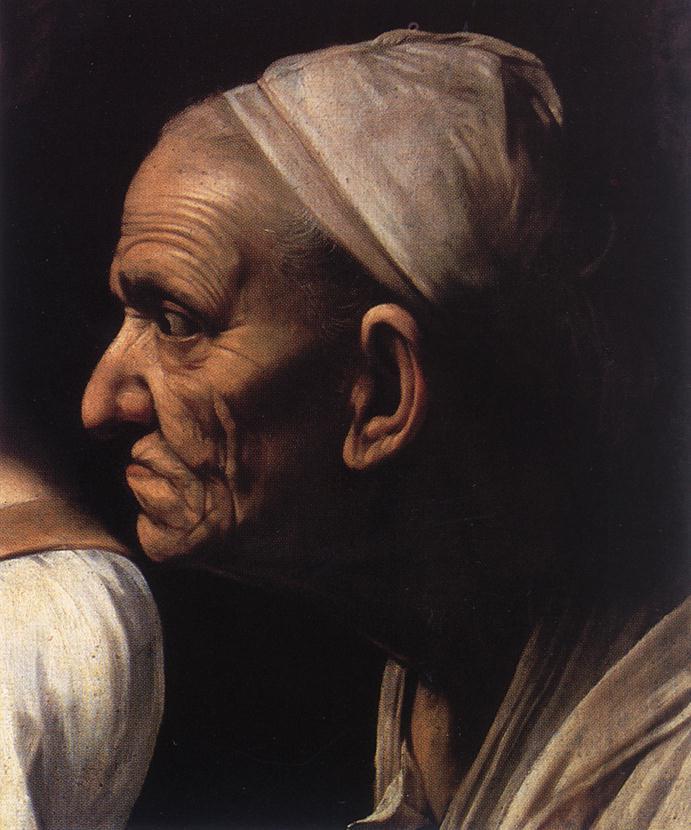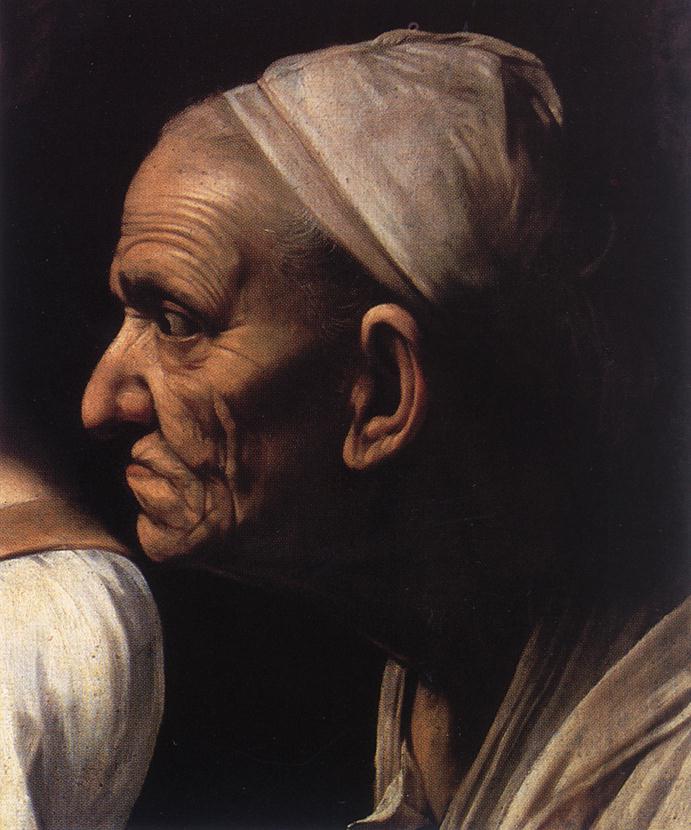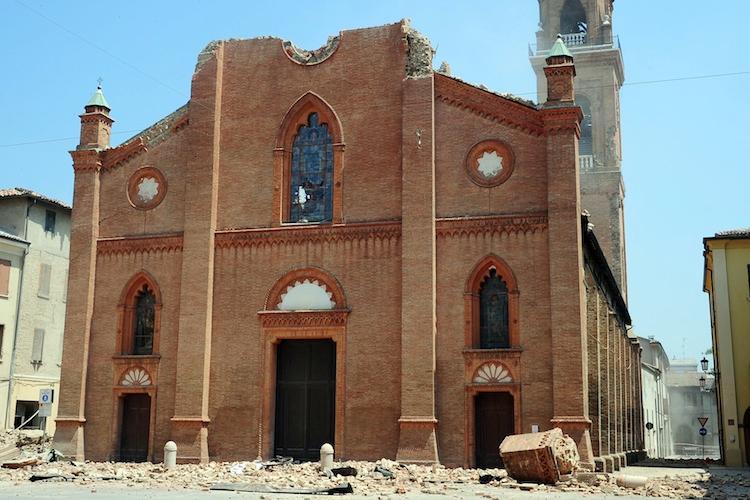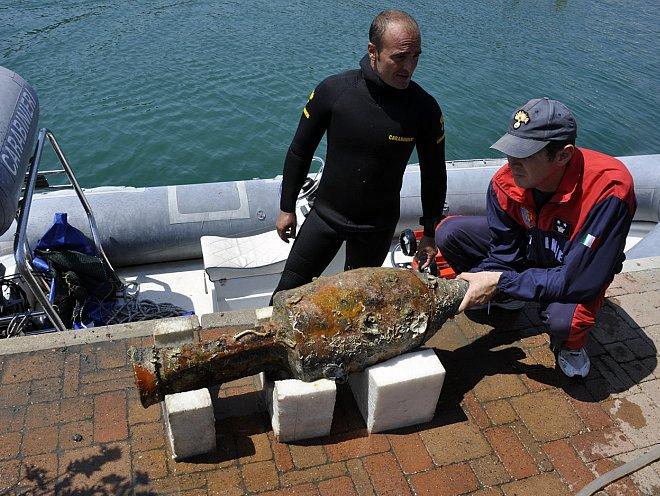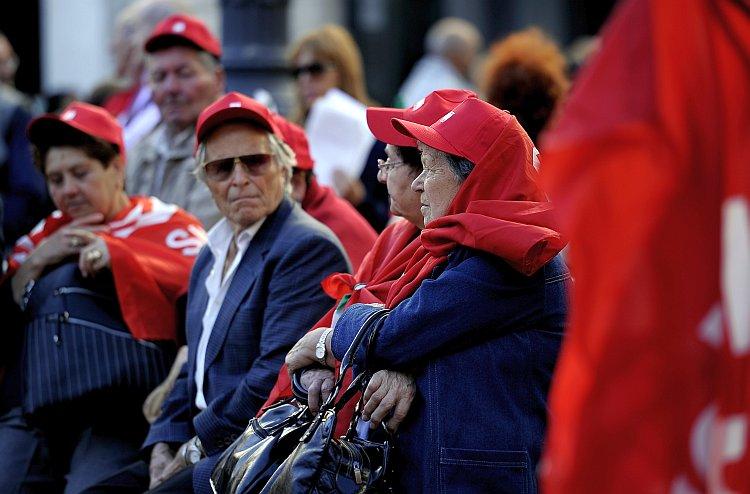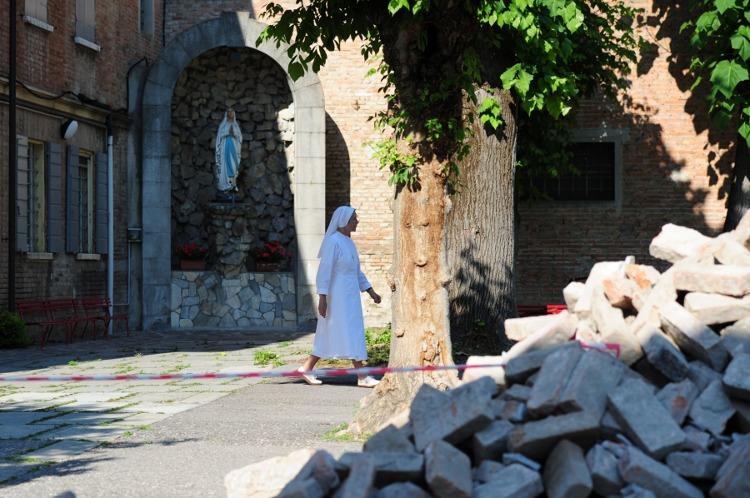Clamor occurred in the world after two Italian scholars announced on July 5 that they have found 100 early works, mainly drawings and some paintings, now thought to be by Michelangelo Merisi, called Caravaggio (1571-1610), during his youth. Caravaggio was a student in the workshop of the Mannerist painter Simone Peterzano from 1584 to 1588.
The discovery may represent a turning point in the study of the famous Italian painter. For over a century art historians have been searching for the works of Caravaggio’s youth. The results of the study would throw a new light on the works of Caravaggio’s maturing process.
For two years, art historians Maurizio Bernardelli Curuz and Adriana Conconi Fedrigolli compared the drawings of the Fondo Peterzano with the mature works of Caravaggio, painted during his stay in Rome and then in Naples, Italy. The Fondo Peterzano is a collection of his teacher’s school works, preserved in the Castello Sforzesco in Milan, Italy.
“The discovery came when it was possible to see that these drawings returned in the paintings of his maturity,” Maurizio Bernardelli said in an interview with the Italian news agency ANSA, which broke the sensational news exclusively July 5.
And this was possible, Bernardelli said, because they approached the problem from scratch, eliminating assumptions and results of previous research. “We thought that Caravaggio’s early drawings were not found because there was an error upstream, a wrong assumption,” he said.
According to the two scholars, art historians of the past have always started with the idea that the drawings preserved in the Castello Sforzesco were the works of Peterzano and not of his illustrious student. This was sufficient to render them unable to recognize in these works the different hand of the young disciple.
After systematic and detailed research, the two scholars now claim that they have tracked down 83 figures of those drawings that return in Caravaggio’s mature works, proving that the young painter left Milan with models and heads ready to be used in Roman paintings.
According to the researchers, the works represent a real treasure for the city of Milan, which owns them. They claim that as a rough estimate the works could be worth 700 million euros ($860 million).
The research has caused a commotion in the art world and was met with caution by experts and scholars, who have shown interest, while expressing the need to verify the contents of the study.
The authors have published the study in two volumes of an ebook with about 500 pages each, titled “Young Caravaggio, One Hundred Rediscovered Works,” available online in four languages.

